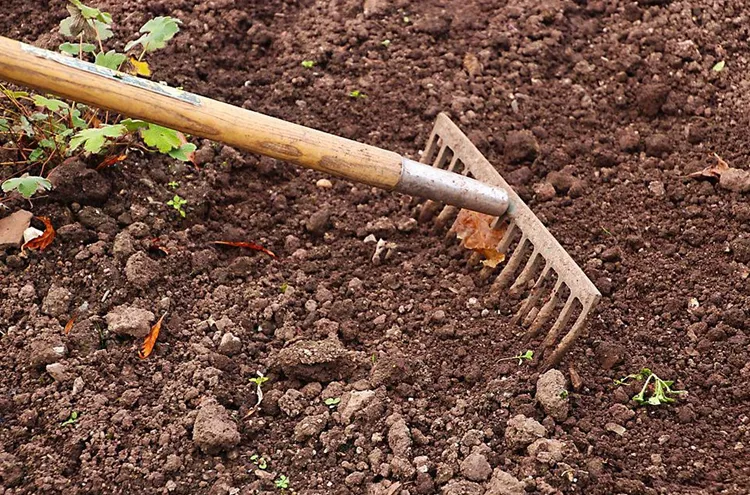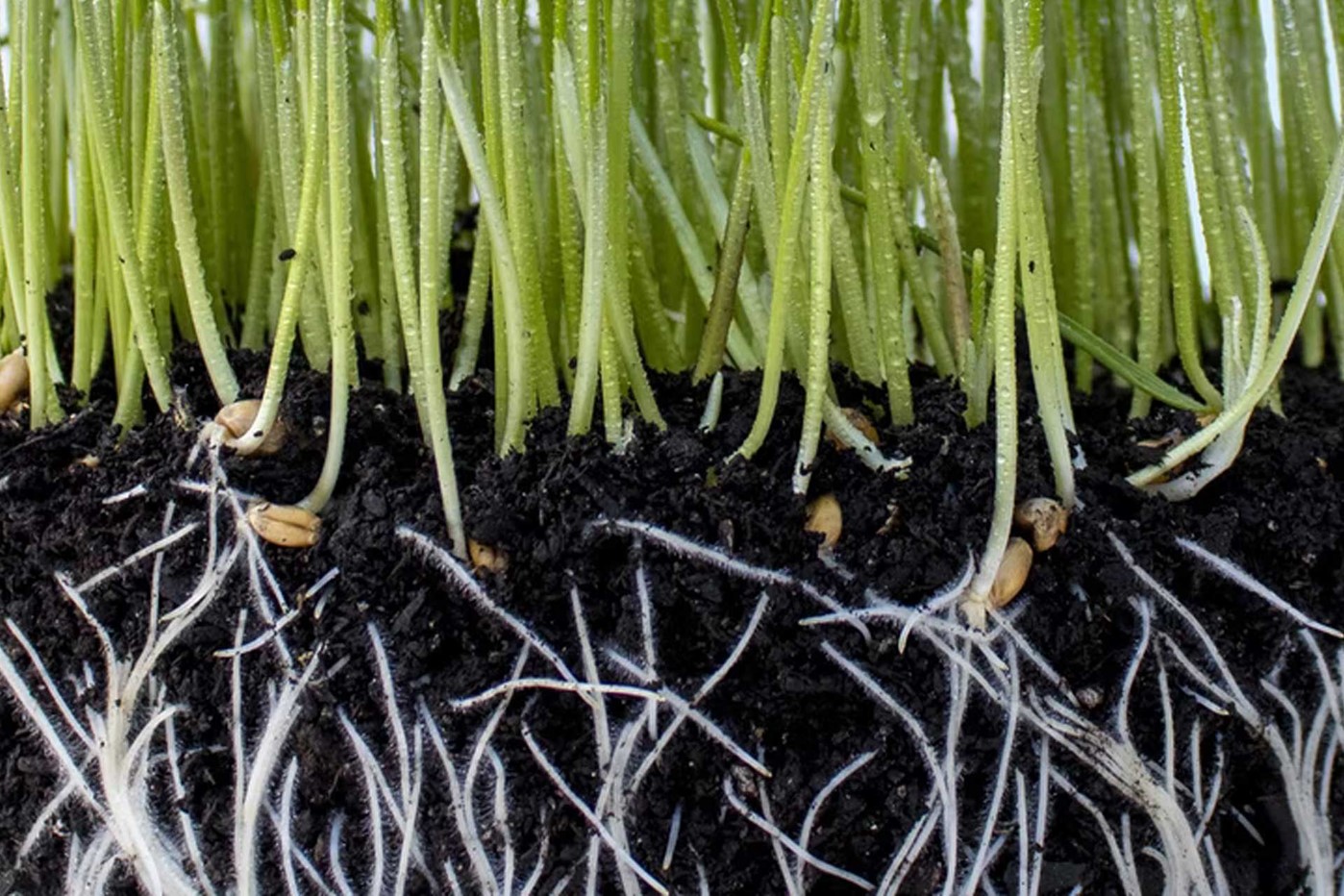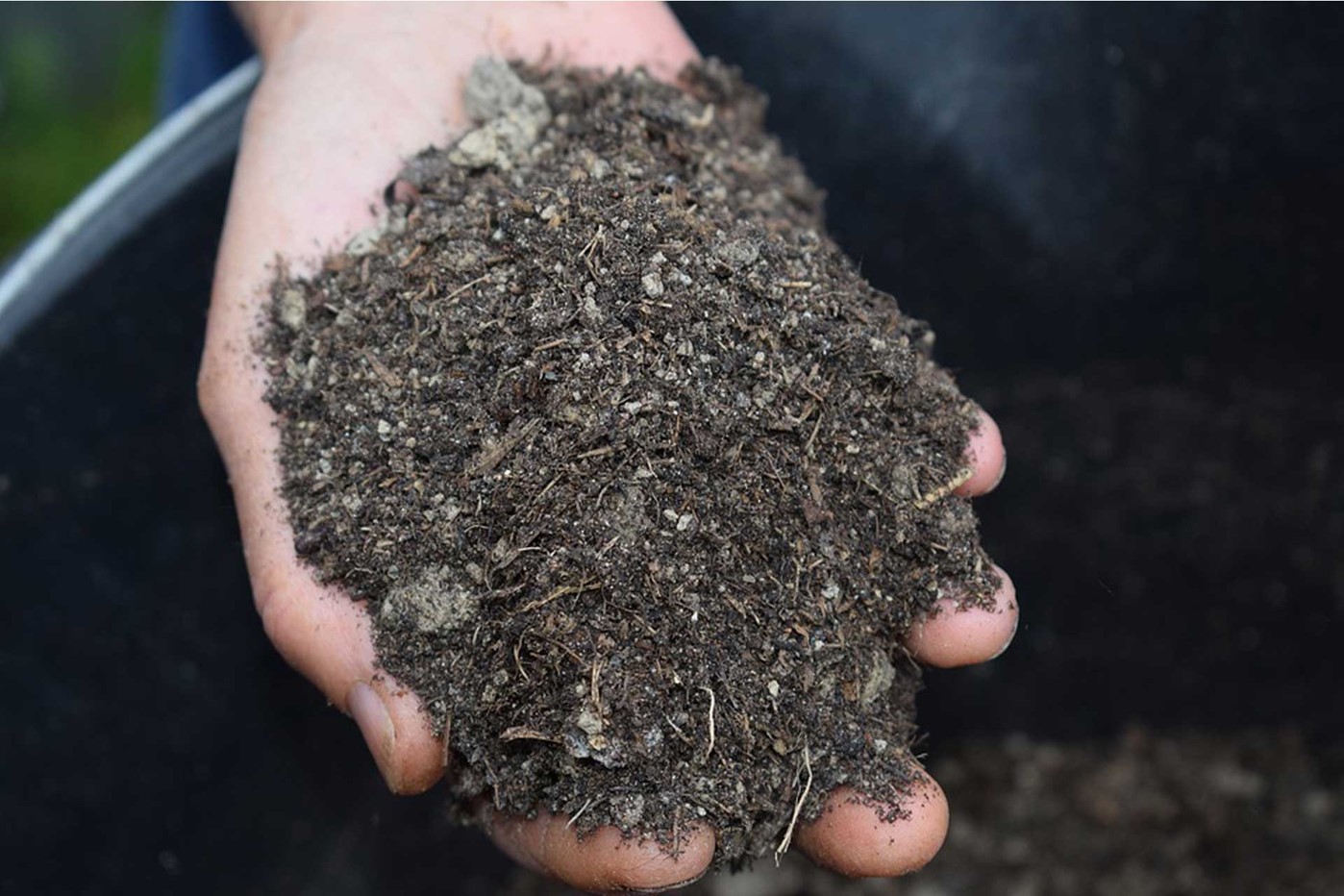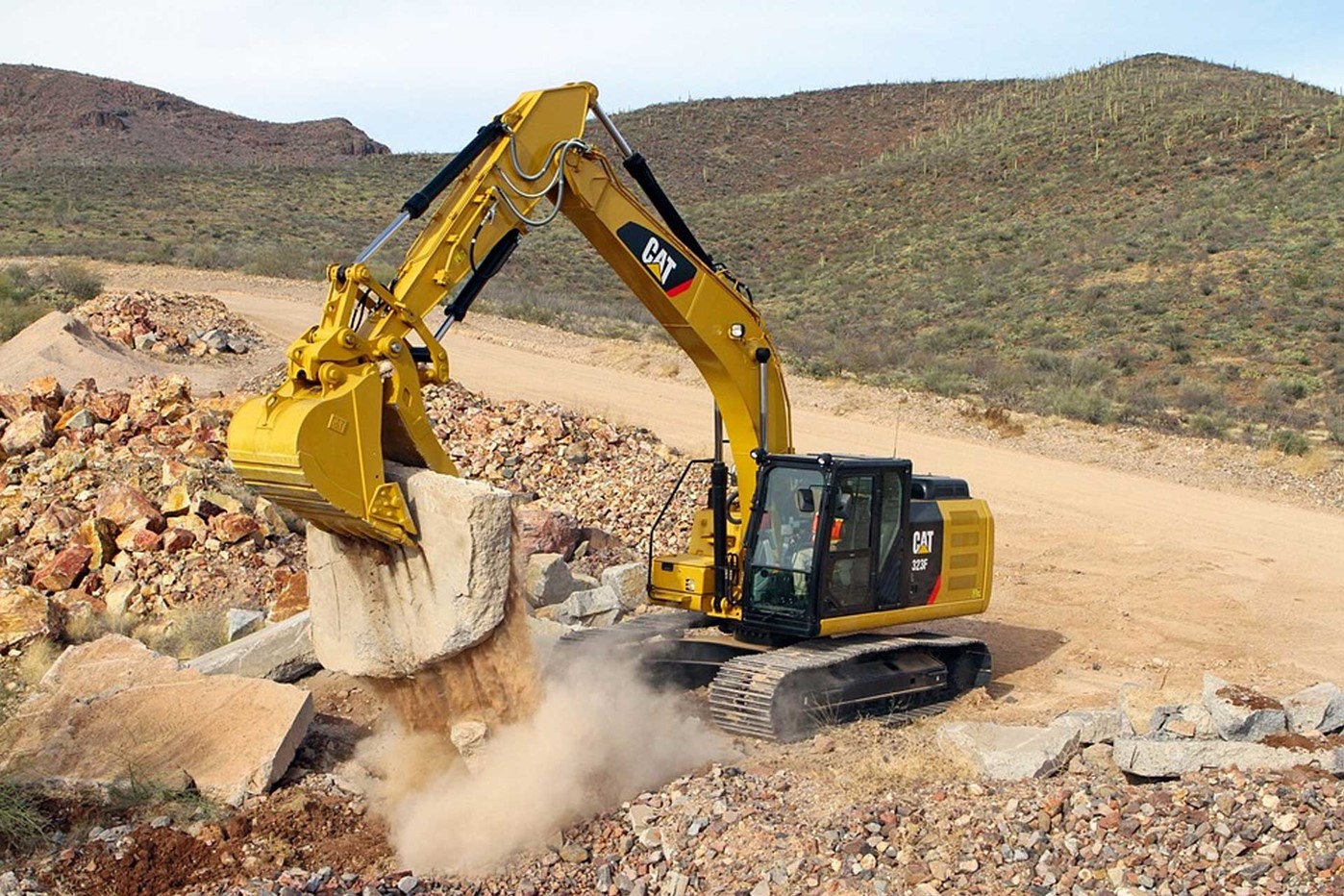

Aggregate stability determines how resistant a soil structure is to mechanical or physico-chemical destructive forces, and how sensitive to water and wind erosion. It can be measured by sieving a soil sample and determining how quickly it falls apart, and how small the fractions are. The easier the aggregates fall apart, the more erosion-sensitive the soil is.
View products

The soil structure is one of the main factors that control plant growth, because it influences the root penetration, soil temperature and gas diffusion, water transport, and seedling emergence. It is, therefore, an important soil characteristic for farmers.
Soil structure is defined by the combination, or arrangement, of primary soil particles into compound elements, which are separated from adjoining structural elements by surfaces of weakness.
Ideally, the soil is crumbly, because that creates an optimum seedbed with good air and water permeability. The opposite is overly wet soil with a hard crust, caused by slaking.
Knowledge of the aggregate stability can provide clues for soil improvement. Sensitivity of soils to water and wind erosion for instance might be prevented by mulching the soil surface. Tillage programs can be adapted to the specific soil type and crop demands for the best results. Aggregate stability is influenced by:


Mechanical
Soil tillage, impact of heavy machinery, treading by animals, raindrop splash.
Physico-chemical
Swelling and shrinkage, dispersion, flocculation, slaking.
Slaking is a structure breakdown that sets in when soil aggregates get wet, caused by the swelling of clay minerals, dissolving of cementing agents, air explosion or reduction in pore water suction. A result of slaking can be the formation of a superficial crust, which reduces water infiltration while enhancing sediment loss by downward transportation with surface runoff water.